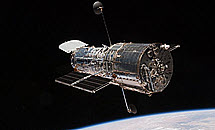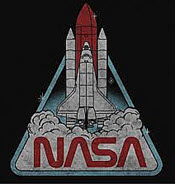Be sure to Click LIKE at the bottom of this commentary, and share it everywhere!! By Craig Andresen – The National Patriot – Commentary
 Welcome to the 2nd American Revolution. While liberals scream obscenities from the streets over what President Trump is doing, and while the liberal elite issue talking points memos to their propagandist media instructing them to claim we’re in a “constitutional crisis,” there is actual historical precedence for what DOGE, under the watchful eyes of Elon Musk is doing.
Welcome to the 2nd American Revolution. While liberals scream obscenities from the streets over what President Trump is doing, and while the liberal elite issue talking points memos to their propagandist media instructing them to claim we’re in a “constitutional crisis,” there is actual historical precedence for what DOGE, under the watchful eyes of Elon Musk is doing.
Liberals, of course, don’t want you to know this, and since nobody else is talking about it, I’ll be happy to be the source of leaking to you.
Remember how our 1st American Revolution started? I’m asking rhetorically for those who were educated rather than indoctrinated because the former group knows what was never taught to the latter group, but to be clear, it all started with the Pine Tree Riot in 1772. 50 years prior, the British Crown made it illegal to cut down white pine trees larger than 12 inches in diameter in New Hampshire in order to reserve them for use as Royal Navy masts.






